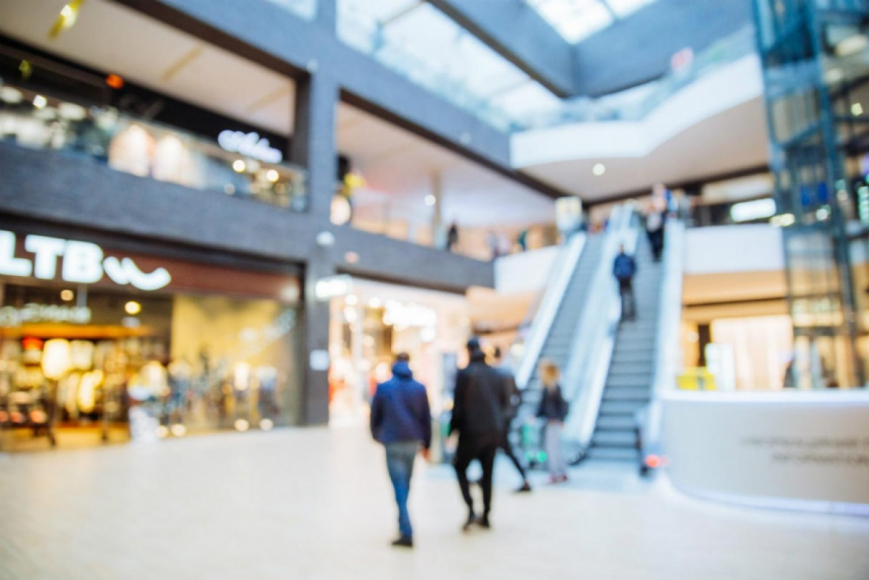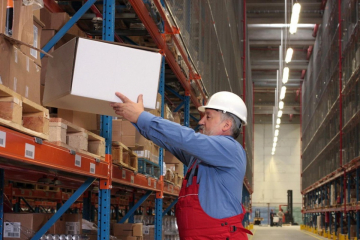EHS can be used by retailers as a powerful tool and customer experience booster. Learn more from insights gathered at this year’s EHSxRetail roundtable.
Recently, Antea Group brought together a diverse group of global EHS professionals in retail—from luxury goods to consumer technology, grocery, and other categories—to discuss the latest trends in their industry at EHSxRetail in New York. These gatherings offer EHS directors, managers, and other key professionals the opportunity to network, benchmark with their peers, and bring new and exciting concepts back to their own organizations.
While all the leaders had their own priorities and unique challenges, they agreed that EHS expectations are increasing while resource constraints and a lack of executive buy-in remain constant. Despite these challenges, one major message stood out: EHS bolsters the customer experience. In response, retail companies are finding new ways to go above and beyond and reaping the benefits that new initiatives can bring to both store experiences and safety alike.
When Employees are Passionate About EHS, Customers can Tell
Retail spaces are considered low risk, but they still present hazards and concerns for workers and customers, including life safety, ergonomics, air quality, and slips, trips, and falls, among others.
These hazards can often fly under the radar for busy retail staff who might not know how important safety is to management, or who don’t have the right training. EHS leaders recognize that if real change is going to happen, it needs to start with the store employees.
So, how do you get them on board? EHSxRetail attendees said their most effective methods meet employees where they are by addressing their real-life situations and incorporating the company culture in all training courses, materials, and internal communications.
One approach to try is rewarding employees in training with fun digital badges, points, or even physical swag, depending on your company culture. This type of motivation gets employees excited about EHS, and rewards those who take the time to dig into the materials provided.
On the flip side of training is on-going assessment. One way to address this is to assign store managers the task of filling out site-specific EHS checklists on a regular basis. These checklists empower employees to ask safety questions that they might not have thought about before, while also allowing them to manage safety in a way that makes sense in their store. Because the lists are customized for each facility, they can change and grow as the location and employees do.
Using Technology to Address New & Established Challenges
As the world becomes increasingly digitized and interconnected, the next generation of shoppers expect experiences that are frictionless and personalized. Customer experience is no longer something shoppers expect only from high-end stores; many see it as a must-have for any brick-and-mortar store they visit. A Walker study states that by the year 2020, customer experience is expected to overtake price and product as the key brand differentiator.
Smart retail managers see opportunities to prevent or mitigate incidents by combining new technology and proactive risk management practices. Several innovative technology applications were discussed, including using arrow-shaped lights to display exit paths on the floor during an emergency, collaborating with loss prevention teams to update security using new audio and visual technologies, monitoring social media to pick up any store EHS issues and fix them before they can become dangerous, and using automatic machine-guarding technology in distribution centers to protect employees from palette-wrappers and other robots. Using technology to meet consumer expectations (while keeping safety top-of-mind) appears to be the next frontier of customer experience in retail.
Finding Balance
Between managing many locations across geographies, growing consumer expectations, and lack of executive buy-in, retail EHS leaders have a lot on their plates. However, they’re working to find the balance between selling and safety by establishing EHS as a cornerstone of the customer experience—bolstering their brand reputations, creating places where their customers feel safe, and positioning them as proactive foregoers in an increasingly competitive market.
Learn more about EHSxRetail and our EHS solutions for low-risk environments.
Want more news and insights like this?
Sign up for our monthly e-newsletter, The New Leaf. Our goal is to keep you updated, educated and even a bit entertained as it relates to all things EHS and sustainability.
Get e-NewsletterHave any questions?
Contact us to discuss your environment, health, safety and sustainability needs today.





